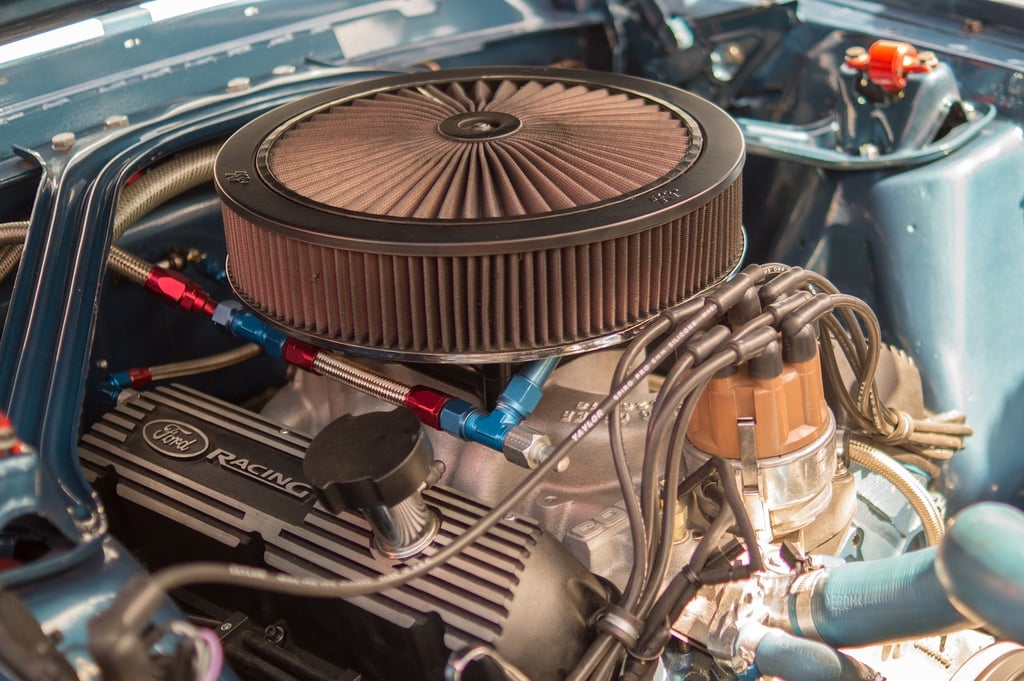Understanding the Importance of a Mechanical Eye
A mechanical eye is a crucial component in various industries, including robotics, surveillance, and medical devices. It mimics the functionality of a human eye, enabling machines to perceive, analyze, and respond to visual information. Crafting a mechanical eye requires precision, knowledge, and attention to detail. In this guide, we will explore the step-by-step process of creating a mechanical eye, from selecting the right materials to assembling the intricate components.
Gathering the Necessary Materials
Before embarking on the journey of crafting a mechanical eye, it is essential to gather all the required materials. This ensures a smooth and efficient workflow throughout the process. The primary materials needed for crafting a mechanical eye include:
- Optical lenses
- Camera module
- Microcontroller
- Servo motors
- LED lights
- Wires and connectors
- 3D-printed or CNC-machined casing
Depending on the complexity and specific requirements of your mechanical eye project, additional materials may be needed. It is crucial to conduct thorough research and consult relevant resources to ensure you have everything you need before starting.
Designing the Mechanical Eye
The design phase of crafting a mechanical eye involves creating schematics and visualizing the overall structure and components of the eye. This step is crucial as it determines the functionality and performance of the final product. Here are some key considerations during the design phase:
- Eye shape and size: Determine the appropriate shape and size of the eye to fit your application.
- Placement of components: Strategically position the camera module, lenses, and other components within the eye structure.
- Range of motion: Consider the range of motion required for the eye to move and focus accurately.
- Power supply: Plan the power supply system, ensuring sufficient energy to drive the motors and other electronic components.
Utilize CAD software or other design tools to create a 3D model of the mechanical eye. This allows you to visualize and refine the design before moving on to the fabrication stage.
Fabricating the Mechanical Eye Components
Once the design is finalized, it's time to fabricate the components of the mechanical eye. This step involves utilizing various manufacturing techniques such as 3D printing, CNC machining, or traditional machining processes. Here's a breakdown of the key components and their fabrication methods:
- Casing: Fabricate the outer casing of the mechanical eye using 3D printing or CNC machining, ensuring precise dimensions and a sturdy structure.
- Camera module mount: Design and fabricate a mount to securely hold the camera module in place.
- Servo motor brackets: Create brackets to attach the servo motors, allowing controlled movement of the eye.
- Lens holders: Fabricate holders or mounts for the optical lenses, ensuring proper alignment and stability.
Pay close attention to the tolerances and measurements during fabrication to ensure all components fit together seamlessly and function as intended.
Assembling the Mechanical Eye
With all the components fabricated, it's time to assemble the mechanical eye. This step requires meticulous attention to detail and precision. Follow these steps to ensure a successful assembly:
- Attach the camera module to its mount and secure it within the casing.
- Connect the servo motors to their respective brackets and mount them within the casing.
- Install the optical lenses into their holders and carefully position them within the casing.
- Connect the necessary wires and connectors to establish the electrical connections.
- Integrate the microcontroller and program it to control the movements and functions of the mechanical eye.
- Test the assembled mechanical eye to ensure all components are functioning correctly.
Conclusion
Crafting a mechanical eye is a complex process that requires a combination of technical knowledge, attention to detail, and precision. By following the steps outlined in this guide, you can successfully create a functional mechanical eye for your specific application. Remember to consult relevant resources, conduct thorough research, and refine your design to achieve optimal results. Whether you are delving into the world of robotics or exploring innovative surveillance systems, a well-crafted mechanical eye will undoubtedly enhance the capabilities of your project.



